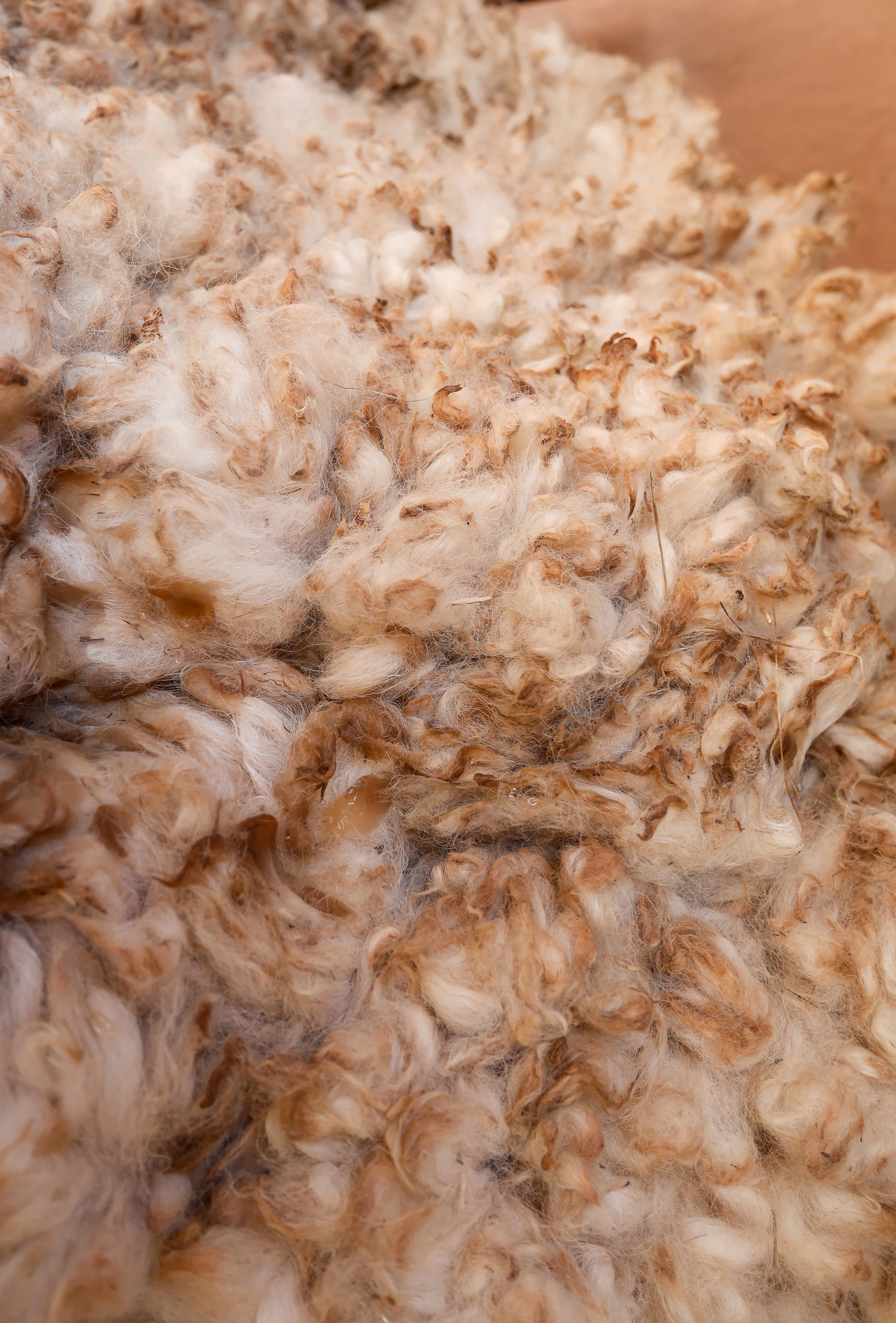Sheep or Alpaca?
When sourcing many of our products, the material a lot of the time is a second thought as the sharp, vibrant colours are usually the first thing to catch our eye. Often caught admiring textiles for hours, we had to sometimes pull ourselves away. We have visited many artisans throughout the world and we are always looking to create lifelong bonds that transcend continents. Other than the countless stories and incredible people that we now have great relationships with, the products that they create have to be top draw and crafted using sustainable and quality products. Many times during our first few sourcing trips we found it hard to distinguish between the different materials that we were faced with, whether it was alpaca, llama, sheep, synthetic or a mixture of all the above. It was sometimes impossible, however we managed to learn a few techniques about how to make an educated guess at which material we were stroking, while the artisans we chose were trustworthy enough people not to trick us into buying a synthetic rug. We then looked into the pro’s and con’s of the different materials that we were sourcing other than solely the feel of the different fibres. So after a little research and asking some of our textile experts here’s a run down of sheep vs alpaca…
“Both materials from an environmental standpoint are highly eco-friendly, renewable and sustainable.”
Much like Humans evolving from apes, the story of the Alpaca is very similar. Only Vicunas roamed the Andean countryside thousands of years ago, the ancient Incas discovered how the fur of these elusive animals could be used for clothing and warmth and domesticated them. Vicunas then slowly evolved into the cuddly alpaca that we know and love today. Unfortunately when the Spanish arrived in the 15th century they didn’t value the fur of the alpaca as much as the Incas did and neglected them while cross-breeding with llamas. As we can see today with other domesticated animals, this leads to lesser quality fibres. Englishman Sir Titus Salt discovered alpaca fibre in 1936 and pioneered the first major alpaca manufacturing company which lead to the revival of quality alpaca wool.
There are two different breeds of alpaca, Suri and Huacaya. Suri the classic dreadlocked alpaca that you see on the postcards while the Huacaya wool is more like sheep wool in appearance. Suri produce long and straight fibres while Huacaya is more crimped and dense. Baby alpaca is a term thrown around extremely loosely in the Andes and is the softest and most valuable fibre these animals can produce. This isn’t necessarily a baby alpaca, rather the first sheer of the alpaca.
The fibre of alpaca is hollow this means that it is a great insulator keeping warm air in. It is also known for the fact that it has no lanolin, this means that it is hypoallergenic which is great for babies or people with sensitive skin who are prone to allergies.
Sheep wool waiting to be cleaned before the spinning process.
Spinning sheep wool into yarn.
In modern day Iran, Iraq and Turkey somewhere between 11,000 to 9000 BC people discovered how to domesticate sheep, it is thought that they were one of the first animals to be domesticated by humans. They were initially used for their milk, meat and fur up until 6000 BC when Iranians used their wool and began trading it with Africa and Europe. Once wool arrived in the Roman Empire in 50 BC the industry began. As time progressed wool arrived in the Americas and later into Australia and New Zealand, all thriving as wool producing countries with their vast arable landscapes.
Unlike alpaca, sheep have many different breeds and types of wool, originating and evolving in different countries around the world. Some of the different breeds of sheep are Merino, Corriedale and Polworth, the fibres are classified as long, medium, short and carpet fibre. Wool sheared from a sheep less than 8 months old is classed as lambs wool and is softer and is more sought after.
Both materials from an environmental standpoint are highly eco-friendly, renewable and sustainable. Alpaca and sheep roam freely in the Andes and farming these animals for their fibre and the industry surrounding it supports more than half a million families across the region. The techniques that are used to produce wonderful weavings and knits are a significant factor in many cultures and sustains many traditions that may have otherwise died out. Once the products that are created using either of the fibres hit the market their carbon footprint is also low. Their average lifespan is much higher than other products and are more frequently recycled, wool products are washed significantly less than other textiles while using a lower temperature. Then once the products come to the end of their lifecycle they are biodegradable.
It’s hard to pick which is the better fibre as both sheep and alpaca have different attributes and strengths. Alpacas typically have warmer fibre, so jumpers, scarves or bed throws may be more fitting than using sheep wool. Whereas the dense more robust fibre of sheep may be better used to construct a rug. So we say pick them both, spice up your living room with a jazzy sheep wool rug and cozy up in bed under your natural alpaca throw.
A Woven Rosa fine alpaca fibre cushion from our Pacha collection.
A Woven Rosa thick sheep fibre cushion from our Pacha collection.














